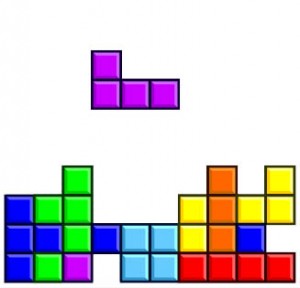Design Implications of the Zeigarnik Effect
 We are hardwired to finish what we start. That is, unfinished tasks will bug us until we complete them. More formally:
We are hardwired to finish what we start. That is, unfinished tasks will bug us until we complete them. More formally:
“The Zeigarnik Effect is the tendency to experience intrusive thoughts about an objective that was once pursued and left incomplete (Baumeister & Bushman, 2008, pg. 122). The automatic system signals the conscious mind, which may be focused on new goals, that a previous activity was left incomplete. It seems to be human nature to finish what we start and, if it is not finished, we experience dissonance.”
The effect is named for the Russian psychologist that first noticed it at work with waiters in a restaurant. The waiters were able to remember complex orders until they were served. Once the order was complete the waiters lost all memory of them. An incomplete task is remember far more often than a completed one.
 From a design standpoint this means we can use incomplete tasks to create specific cognitive effects. The PsyBlog suggests that we can use it to help beat procrastination and the BBC has an post that uses it to explain the psychological punch of the wildly popular game of Tetris.
From a design standpoint this means we can use incomplete tasks to create specific cognitive effects. The PsyBlog suggests that we can use it to help beat procrastination and the BBC has an post that uses it to explain the psychological punch of the wildly popular game of Tetris.
“Tetris holds our attention by continually creating unfinished tasks. Each action in the game allows us to solve part of the puzzle, filling up a row or rows completely so that they disappear, but is also just as likely to create new, unfinished work. A chain of these partial-solutions and newly triggered unsolved tasks can easily stretch to hours, each moment full of the same kind of satisfaction as scratching an itch.”
If you don’t believe it try it out.
I’m interested to hear from readers with ideas on how else to apply the Zeigarnik Effect to interesting design problems. For example, how can we use it to improve change or innovation efforts?